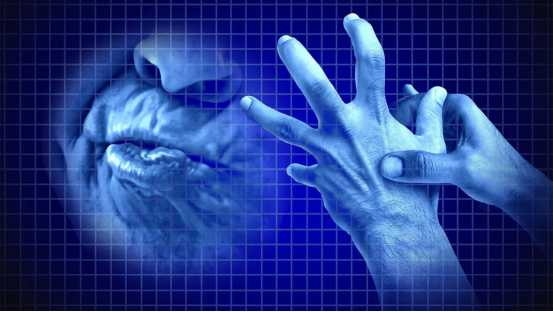

Tardive dyskinesia (TD) represents one of the more challenging neurological complications linked to long-term medication use. Defined by repetitive, involuntary body movements, it often affects the face, mouth, and limbs, leading to significant emotional and functional difficulties. Although managing TD can be complex, understanding its development, risk factors, and treatment pathways enables patients and healthcare professionals to respond proactively and effectively.
Tardive dyskinesia (TD) represents one of the more challenging neurological complications linked to long-term medication use. Defined by repetitive, involuntary body movements, it often affects the face, mouth, and limbs, leading to significant emotional and functional difficulties. Although managing TD can be complex, understanding its development, risk factors, and treatment pathways enables patients and healthcare professionals to respond proactively and effectively.

Overview and Mechanisms
Tardive dyskinesia develops after prolonged exposure to medications that suppress dopamine receptor activity in the brain, particularly antipsychotic drugs. Over time, the brain compensates by increasing receptor sensitivity, which can trigger uncontrolled movements. While it is most often associated with psychiatric medication, TD can also occur from other dopamine-regulating treatments. Each individual’s experience varies—some may have mild symptoms that come and go, while others may develop persistent, severe movement patterns.
Recognizing the Symptoms
TD symptoms typically involve involuntary and repetitive facial movements such as lip pursing, tongue flicking, grimacing, or rapid blinking. In more extensive cases, similar motions may appear in the neck, torso, or limbs. These movements are not voluntary and can cause embarrassment or social anxiety. Identifying these signs early allows medical professionals to adjust treatment before the condition becomes irreversible.
Contributing Causes and Risk Factors
The primary cause of tardive dyskinesia is long-term exposure to dopamine-blocking medications. However, several factors may influence susceptibility, including:
Prolonged medication use or higher cumulative doses
Advanced age and female gender
Underlying neurological or metabolic disorders
Individual genetic predisposition
Continuous medical supervision is crucial for individuals using antipsychotic or similar medications, as timely recognition of early symptoms can significantly affect prognosis.
Diagnosis and Clinical Evaluation
Diagnosis is based on careful clinical examination, patient history, and observation of characteristic movements. Physicians utilize rating scales such as the Abnormal Involuntary Movement Scale (AIMS) to measure severity and monitor progression. Reviewing medication exposure history and ruling out other causes of movement disorders are essential steps in forming an accurate diagnosis.
Approaches to Treatment and Care
Effective management of TD involves a combination of medical adjustments and supportive care. Gradual reduction or substitution of the offending medication, under medical supervision, is often the first step. Specific therapeutic drugs designed to modulate dopamine transmission can help alleviate symptoms. Non-pharmacologic approaches, including physical therapy and mindfulness techniques, support improved motor control and emotional well-being. Treatment should be customized to each patient’s condition and reviewed regularly to ensure optimal outcomes.
Emerging Research and Advances
Recent studies are deepening understanding of how brain chemistry and receptor sensitivity contribute to tardive dyskinesia. Experimental treatments aim to prevent receptor hypersensitivity while preserving drug efficacy. Advances in neuroimaging, biomarker identification, and pharmacogenomics are paving the way for earlier detection and personalized treatment approaches, offering new hope for patients.
Life with Tardive Dyskinesia
Beyond physical symptoms, tardive dyskinesia affects emotional and social health. People living with the disorder often face challenges related to self-esteem and daily functioning. Supportive counseling, family involvement, and participation in patient communities help mitigate stress and enhance quality of life. Education about the condition empowers patients to manage their health more confidently.
Future Prospects
With continued innovation, the outlook for tardive dyskinesia management is steadily improving. Precision medicine and increased awareness are driving early diagnosis and more targeted treatments. Collaborative care models that combine medication management, rehabilitation, and psychological support represent the future of comprehensive TD care.
Conclusion
Tardive dyskinesia requires careful monitoring, informed decision-making, and personalized care. Although it poses significant challenges, growing research and advanced therapies are improving patient outcomes. Through education, early intervention, and integrated management, individuals affected by TD can achieve better control over their symptoms and enjoy a higher quality of life.